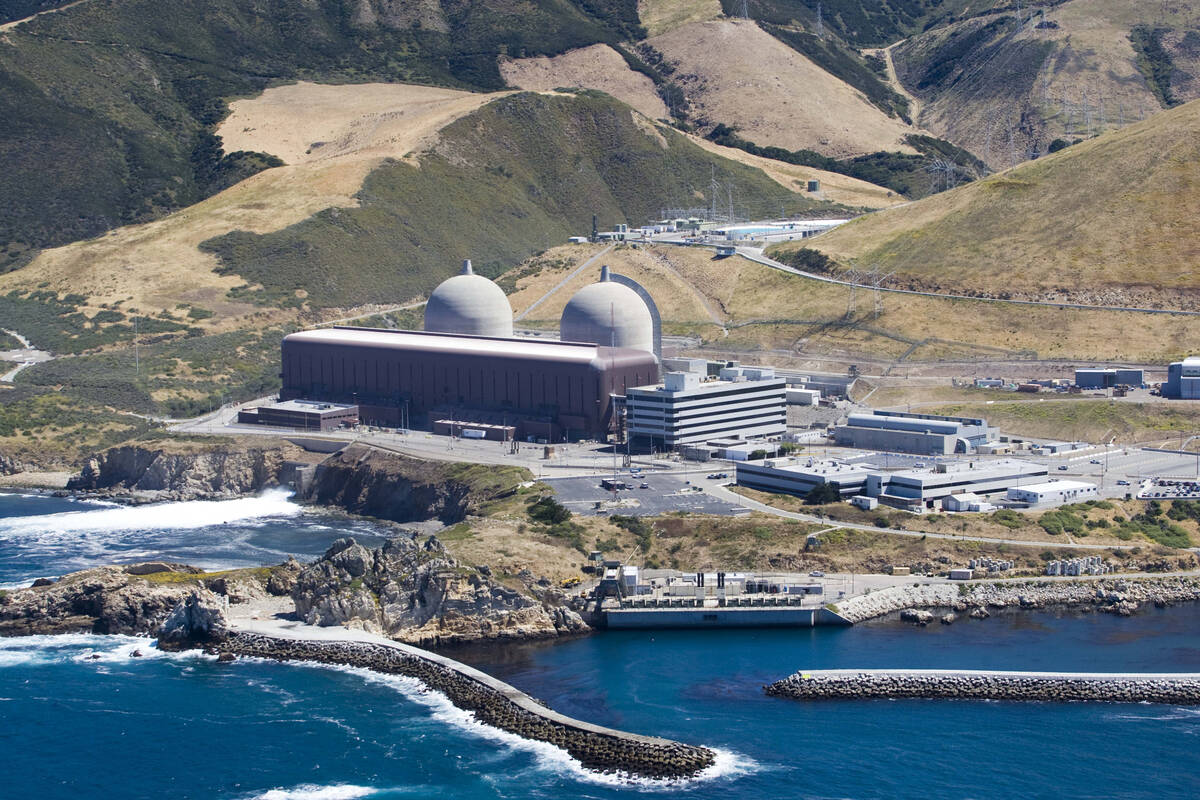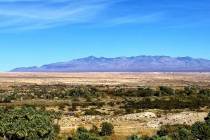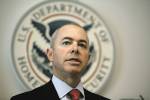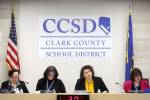EDITORIAL: The miracle of nuclear energy derailed by politics
In many ways, nuclear energy and renewable energy are the inverse of each other. One is reliable and efficient, but has a terrible reputation and faces onerous government regulations. The other is unreliable and inefficient but is widely popular and receives many government advantages
Reason.com has released a documentary on “The political sabotage of nuclear energy.” It’s a fascinating overview of how misguided environmentalists derailed the clean energy of the future through opportunistic fearmongering.
“The United States knows that peaceful power from atomic energy is no dream of the future,” President Dwight D. Eisenhower said in his 1953 “Atoms of Peace” speech. “The capability, already proved, is here today. Who can doubt that, if the entire body of the world’s scientists and engineers had adequate amounts of fissionable material with which to test and develop their ideas, this capability would rapidly be transformed into universal, efficient and economic usage?”
Between 1967 and 1972, the country saw the construction of 48 nuclear plants. The future of cheap and reliable energy looked bright.
But the green movement pushed a false narrative linking nuclear power to the dangers and destructive capabilities of the atomic bomb. Then, in 1979, a meltdown occurred at the Three Mile Island nuclear power plant in Pennsylvania. “The China Syndrome,” a fictional movie about a nuclear plant on the verge of an accident and the attempted cover-up, had just come out.
This was an opening leftists coveted. Their anti-nuclear crusade was widely successful at turning public opinion against nuclear power. New regulations stifled the industry, let alone innovation. Energy providers didn’t build a single nuclear power plant for two decades.
It’s worth remembering that there were no deaths or injuries in the Three Mile Island incident. Also, there were “no adverse effects to the surrounding environment,” the Department of Energy concluded.
In place of nuclear, environmental activists pushed renewable energy, such as solar and wind power. Those energy sources enjoy untold political advantages, including heavy government subsidies and mandates. Wind and solar are widely popular, but they are unreliable, even as government handouts have artificially lowered their costs.
There are challenges to nuclear power, not the least of which is waste disposal. But nuclear reactors have a long track record in this country of reliability and safety. The second reactor at Three Mile Island produced power until 2019. In 2022, nuclear energy provided 18.2 percent of the country’s electricity. Solar and wind provided 3.4 percent and 10.2 percent respectively.
Progressives like to talk about following “the science.” For decades, they have been ignoring their own advice when it comes to clean nuclear energy.




























